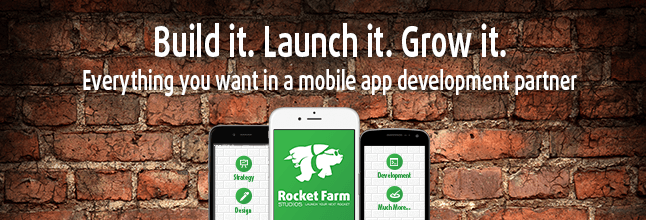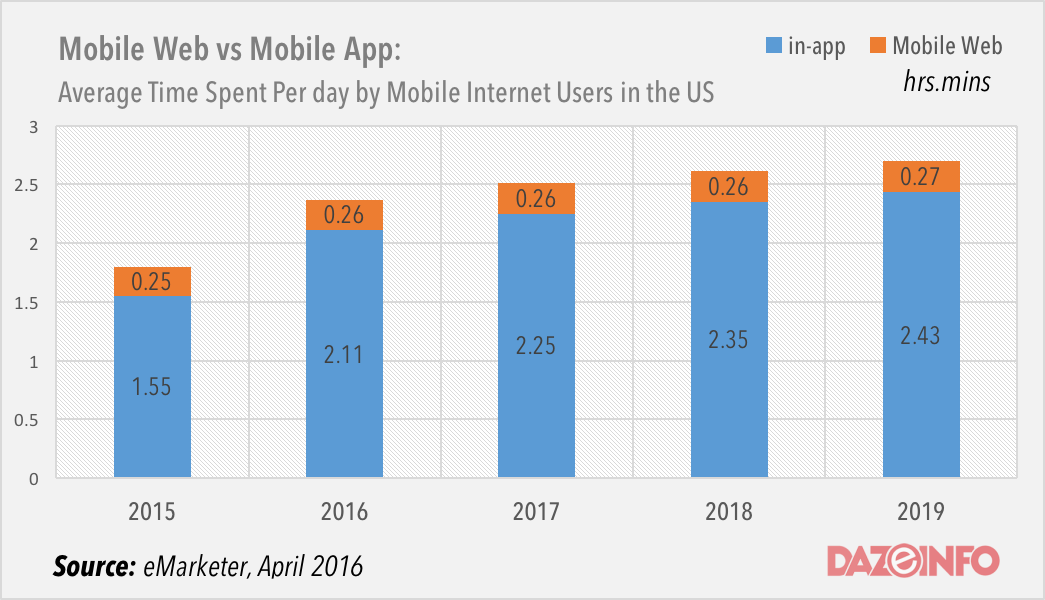 In our previous post about the Internet of Things (IoT), we took a broad look at why tech-savvy businesses shouldn’t fear the coming connected-tech revolution. We argued that similar to the advent of the smartphone, this will be a disruptive technology that companies small and large need to educate themselves on in order to benefit from it. Now let’s get more specific as to how IoT is poised to change traditional manufacturing businesses and make them more profitable.
In our previous post about the Internet of Things (IoT), we took a broad look at why tech-savvy businesses shouldn’t fear the coming connected-tech revolution. We argued that similar to the advent of the smartphone, this will be a disruptive technology that companies small and large need to educate themselves on in order to benefit from it. Now let’s get more specific as to how IoT is poised to change traditional manufacturing businesses and make them more profitable.
1. IoT will reduce manufacturing costs.
A couple years ago, I switched to a cheap Chromebook as my everyday laptop. For less than $200, it provided me with two important things: 1) a portable laptop that could surf the web and do light tasks, and 2) a remote device I could connect to my home desktop computer to run tasks that this machine couldn’t handle. All of a sudden, I didn’t need two expensive workhorses anymore for the home and for the road; just one at home and a good portal.
In a nutshell, that’s the promise of how IoT can save your manufacturing business money. Instead of selling stand-alone boxes, let’s say HVAC systems, with a full human interface built into every unit, you’ll be able to “off-load” the controls to a smartphone app and thus slash costs. Now the boxes themselves are cheaper to make, and the customer has even more control over temperature, humidity, and cycling in more convenient, and inexpensive, software form. The boxes themselves, now with less moving parts, will also require less maintenance.
And that’s just the start. According to a survey from the American Society for Quality, 82% of the manufacturing companies increased efficiency and 49% experience fewer product defects. By implementing IoT into their boxes, unplanned downtimes were reduced, problems were found and resolved faster, and the data mined from connected units led to finding new efficiencies.
2. The data gathered from IoT will be invaluable.

The beauty of IoT is that these boxes no longer live in isolation. Instead, each will be connected to the cloud, and the data a manufacturing business will collect will be transformative. For example, in agriculture which is widely considered to be one of the best areas to implemented IoT solutions, the data gathered from various sensors and monitors can produce models to maximize growth and reduce costs. ZDNet had a great interview with Sam Boyes, senior manager for ICT at Tassal (a salmon producer):
“[Salmon] pens have been fitted with smart cameras above and below the water to get more accurate information about the water’s oxygen levels, temperature, and current. The software to which the cameras are connected can then identify the optimum time to feed the salmon and release food accordingly. This ensures the company maximises the salmon’s growth patterns, while also minimising food wastage, said Boyes.”
IoT is ultimately all about better data, and this data can be harnessed in two ways: 1) the manufacturer can empower their customers by providing access to aggregate data; and 2) the manufacturer can use the data for predictive analysis. What component fails the most often and why? What features are your customers using the most? How often are these boxes being replaced? When should you send out a maintenance team to prevent any downtime? Having the data to answer these questions will lead to cut costs and higher margins.
3. Expand your manufacturing business into a services company.
You’ve heard the trope: Gillette doesn’t make money on the handles, they make money on the replacement razors. A monthly subscription is ultimately more profitable for your company than one-off sales. That’s why even Apple is turning into a services company. With a solid implementation of IoT, your manufacturing company can too.
Predictive analytics through IoT data means manufacturing businesses will take on more of an ongoing partnership with their customers. Monitoring and maintaining the boxes you sell is now an added service you provide, because you know before your customers do if/when there is an issue. We here at Rocket Farm worked with Yankee Candle on an IoT system to broadcast specialty scents through office buildings. Now, instead of just selling a product, Yankee Candle has an ongoing relationship with their clients because they can tell when customers are low on scented oil, or if there is a problem with the base station. The customers are happy to have peace of mind and one less thing to worry about, and Yankee Candle is happy to have ongoing business. It’s win-win through IoT technology.

With IoT, it’s never been easier for manufacturers to create more business with an increasingly tech-savvy customer base. And, lest you forget, it’s already here. The estimated market size of IoT last year was over $900 billion, more than the market value of Google or Apple. It’s time to take the plunge into a more connected world.
How will your business embrace the coming IoT revolution?







